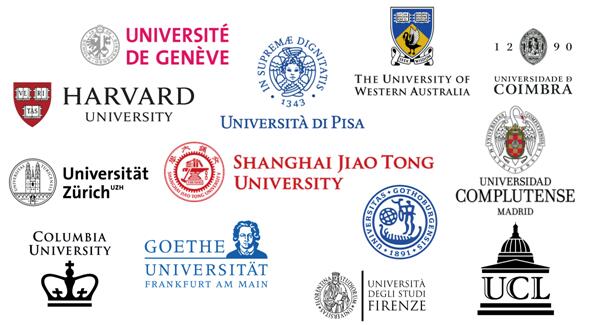What do you think of the new mutant strain that needs attention? Experts explained one by one that the number of COVID-19 infected patients in hospitals in Shanghai has increased slightly recently | population | variation
Are there many "little yang people" around me again? During the summer travel season and frequent crowd exchanges, the reporter learned from many medical institutions in Shanghai that the number of COVID-19 outpatient clinics has increased by 10% -15% recently, the symptoms of the patients are generally fair, and the number of patients with severe diseases has not increased.
Just recently, the World Health Organization listed the new mutant strain EG.5 as a "strain that needs attention". How do you view the new mutant strain? How to deal with COVID-19 in summer? Jiefang Daily's Shangguan News reporter interviewed Ling Yun, Deputy Director of Shanghai Public Health Clinical Center, on this matter.
Global COVID-19 cases increased
The number of cases in Shanghai's medical institutions is consistent with that in China. Statistics from China's disease control department showed that the positive rate of COVID-19 rose by 13.4% at the end of July. Globally, the number of cases of COVID-19 has increased significantly in the past month. According to data from the World Health Organization, countries reported nearly 1.5 million new cases from July 10th to August 6th, an 80% increase from the previous month.
The World Health Organization also informed that summer cases have increased in recent weeks in countries in the northern hemisphere, including the United States, the United Kingdom, France, and Japan. The number of cases in the Western Pacific region has increased by 137%, with South Korea reporting approximately 1.2 million new cases.
Why does COVID-19 disease increase this season? Ling Yun explained that summer gatherings, frequent communication, and the emergence of new variants may be the reasons for the global increase in the number of cases. Just as the number of cases in medical institutions in Shanghai has slightly increased after the May Day holiday, experts predict that the number of cases may also increase after the start of school, as children's travel ends, return to school, and start collective life, but there will not be a large-scale outbreak.
The new variant evolved from a coexisting state
In early August, the World Health Organization listed the new strain of EG.5 as a "strain that needs attention". Ling Yun stated that the current situation between the population and the virus is in a state of chronic coexistence. In fact, in order for a virus to survive, it needs to mutate and constantly update under the pressure of group immunity, which is the survival law of the virus.
Existing research shows that EG. 5 is still a member of the Omicron family and a descendant of XBB1.9.2. This variant was first discovered in February this year, and the number of cases has increased since then. From June to July, the proportion of EG.5 variant infections in all reported cases by the World Health Organization has increased from 7.5% to 17.4%. Although the overall risk is low, based on the genetic characteristics, immune escape characteristics, and growth rate of mutant strains, the World Health Organization estimates that EG.5 may spread globally.
Ling Yun further added, "Compared to the variants that evolved in a closed environment before, the EG.5 variant belongs to the variant that evolved in a coexisting environment. According to the trend of virus mutations, it should be gradually easing, but scientists are still continuously observing and monitoring."
Suggest getting influenza vaccine to prevent "stacking"
Although there is no evidence to suggest that the new EG.5 variant is more at risk of severe illness, experts suggest that high-risk populations should still complete full vaccination if they have not received the vaccine. Once the infected person is tested positive, it is recommended to use small molecule antiviral drugs as early as possible. This can not only reduce the viral load, slow down symptoms, but also block the transmission routes within the family, protecting the family.
Ling Yun said that to this day, antigen testing is still very sensitive to the Omicron strain. If there are corresponding symptoms, an antigen should be tested first to determine whether it is infected, and medication should be taken as soon as possible. At present, there are many options for small molecule antiviral drugs, which can be taken under the advice of a doctor, and there is no need for hard antiviral therapy. Clinical data also shows that although various mutant strains continue to mutate, antiviral drugs are still effective, and early application can significantly reduce the risk of sequelae.
The expert finally reminded that September is another "flu season", and the death rate of influenza superimposed on COVID-19 will increase significantly. It is recommended that high-risk individuals such as the elderly, children, and medical staff receive timely influenza vaccines to achieve 60% -70% protection against influenza, and take preventive measures.




